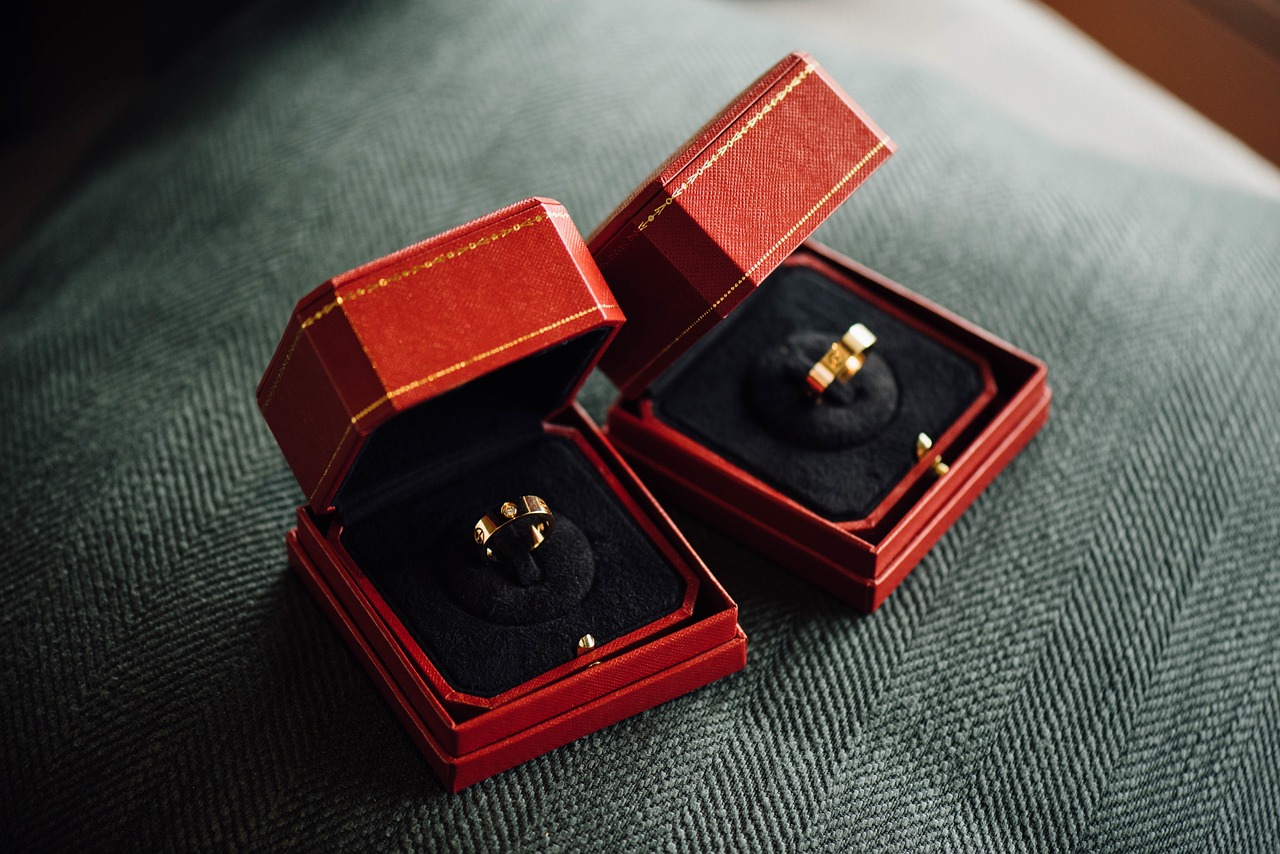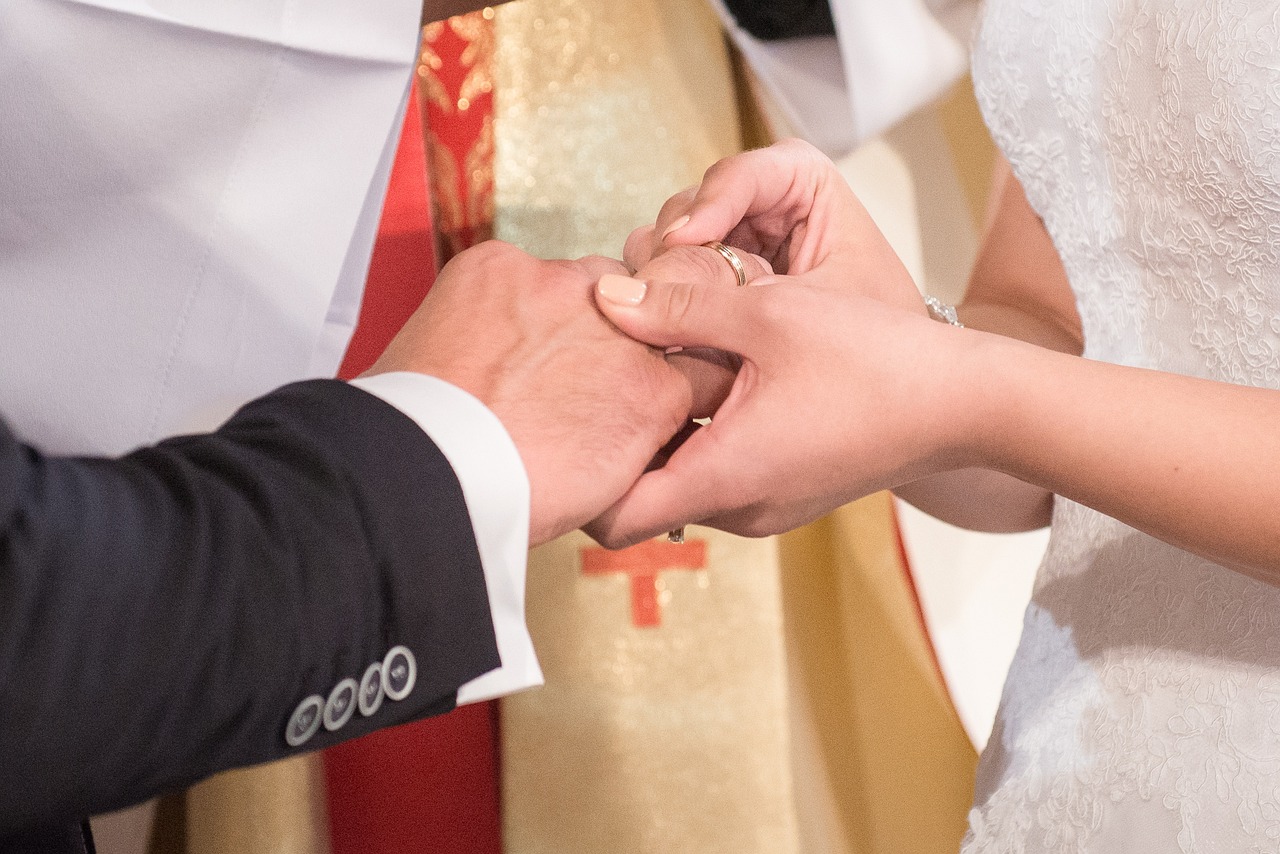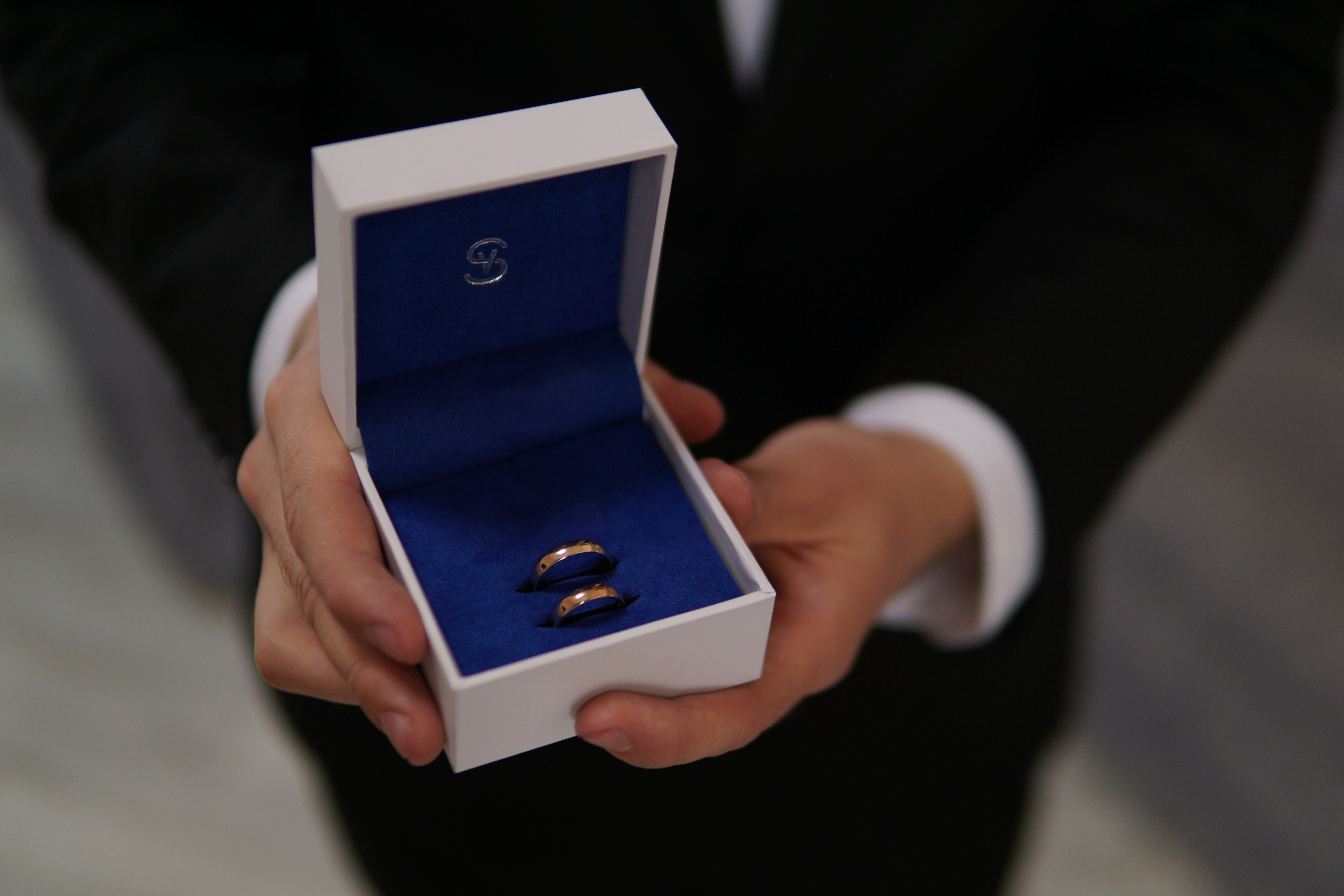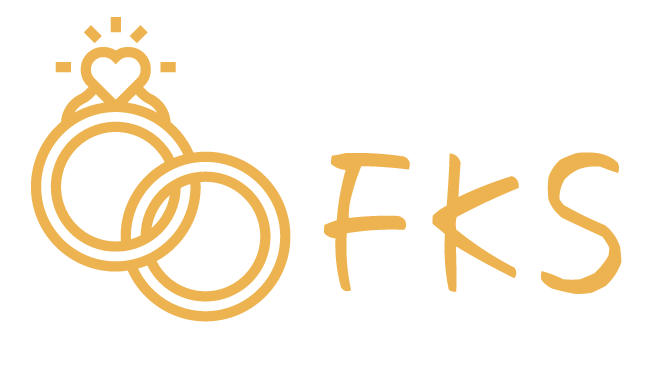More Than a Band: Unveiling the World of Men's Wedding Rings
Choosing a wedding band is a deeply
personal journey, a significant step towards a lifelong commitment. While focus
often shines on the bride's ring, the groom's band holds equally profound
meaning and history. It is not merely an accessory; it is a powerful symbol of
enduring love, partnership, and shared promises. Let's explore the rich
tapestry woven into mens wedding bands, from ancient traditions to modern
trends.
The Enduring Symbolism: A Journey
Through Time
For centuries, rings have symbolized eternity with their unbroken circular form. Ancient Egyptians, for example, exchanged rings made from braided reeds or leather, believing the circle represented eternal love and commitment. The Romans later adopted this tradition, though initially, women primarily wore rings to signify a husband's "ownership". Fast forward to the 20th century, specifically World War II, and a significant shift occurred. Soldiers began wearing wedding bands as a tangible reminder of their loved ones back home, a powerful comfort during times of uncertainty. This practice cemented the tradition of men wearing wedding bands in modern Western culture, transforming the ring into a mutual symbol of love, fidelity, and equal partnership.

A World of Materials: Beyond the
Traditional
Today, men's wedding bands come in an
incredible array of materials, each offering unique characteristics and a
distinct aesthetic. Traditional precious metals remain popular choices, but
innovative alternatives continue to gain traction.
- Classic Elegance: Gold, in its
various hues like yellow, white, and rose, offers timeless appeal and
warmth. Platinum provides exceptional durability and a naturally white
luster, perfect for those seeking a premium, hypoallergenic option.
Palladium offers a similar white appearance to platinum but with added
toughness and often a more accessible price point.
- Modern Strength: For men with
active lifestyles or those desiring a contemporary look, alternative
metals shine brightly.
- Tungsten: Known as one of the
hardest and most scratch-resistant metals, tungsten offers impressive
durability and a robust feel. It often comes in sleek, darker finishes.
- Titanium: Lightweight yet
incredibly strong, titanium resists corrosion and is hypoallergenic,
making it ideal for daily wear.
- Cobalt Chrome: This metal boasts a
white luster similar to white gold or platinum, offering excellent
scratch and dent resistance, and it is also hypoallergenic.
- Carbon Fiber: Lightweight and
modern, carbon fiber often appears as an inlay in metal rings, providing
a distinctive, high-tech look.
- Damascus Steel: With its unique
layered patterns, Damascus steel creates a one-of-a-kind, artisanal
aesthetic.
- Wood & Meteorite: For truly
unique pieces, some designers incorporate sustainable hardwoods or
fragments of ancient meteorites, each telling its own extraordinary
story.
Crafting Your Story: Personalization is
Key
Your wedding band tells your unique love
story, and personalization makes it truly yours. Beyond choosing a material,
numerous ways exist to infuse your personality into the ring:
- Engravings: A classic choice,
engraving the inside of the band with initials, a significant date, a
short message, a beloved quote, or even an inside joke adds a deeply
sentimental touch. Some couples even opt for fingerprint engravings or
soundwave patterns of a special phrase.
- Finishes & Textures: Move
beyond a simple polish! Textured finishes like matte, brushed, hammered,
or sandblasted add character and depth to the ring's surface. These
finishes often enhance scratch resistance, too.
- Inlays & Accents: Incorporating an inlay of wood, crushed stone, or even colorful opal creates striking visual interest. Mixed metals, combining two different hues like white gold and yellow gold, also offer a dynamic and distinctive appearance

Riding the Wave: Current Trends in Men's
Wedding Bands
The landscape of men's wedding bands
continues to evolve, reflecting contemporary styles and values. In 2025,
several trends stand out:
- Alternative Metals Reign Supreme:
The demand for durable, unique, and often more affordable alternative
metals like tungsten, titanium, and carbon fiber continues to rise
significantly. They offer distinct aesthetics beyond traditional precious
metals.
- Textured Finishes Take Center Stage: Expect to see more men embracing bands with matte, brushed,
hammered, or sandblasted finishes, which provide a modern, sophisticated,
and often rugged appeal.
- Mixed Metal Designs: Combining
different metals, such as a platinum base with a rose gold inlay, creates
a visually rich and symbolic representation of two distinct personalities
uniting.
- Diamonds and Gemstones for Him: Men
are increasingly opting for bands featuring subtle diamond accents or
colored gemstones like black diamonds, sapphires, or rubies. This trend
adds a touch of luxury and personalization, moving beyond the notion that
"sparkle" is only for women's rings. Contemporary surveys
suggest a growing preference among men for rings that offer some
brilliance without being overly ostentatious.
This evolving market demonstrates a growing
appreciation for diverse styles and materials. Market analysts observe
continued growth and increasing variety in the men's wedding band sector.
Global Hand in Hand: Cultural Insights
The tradition of wearing mens wedding bands
varies significantly across the globe, adding another fascinating layer to
their story.
- Hand Placement: While many Western
countries, including the United States, typically place the wedding band
on the left ring finger (owing to the ancient "vena amoris"
belief), several cultures observe different customs. In Germany, Russia,
India, and many Eastern European countries, for instance, men often wear
their wedding rings on the right hand, symbolizing strength and honor in
some traditions.
- Unique Cultural Rings: Some
cultures feature specific ring designs steeped in history. The Irish Claddagh
ring, with its hands holding a heart beneath a crown, symbolizes love,
friendship, and loyalty. In Japan, the Mokume Gane technique
creates intricate wood-grain patterns by bonding different metals,
reflecting a blend of artistry and commitment. French and Russian
traditions sometimes involve three interlocking rings, representing
virtues like hope, faith, and love.

 Piccoli graffi ma big Storie: Vivere con i gioielli in argento
Piccoli graffi ma big Storie: Vivere con i gioielli in argento
 Pequeños rasguños pero b ig Historias: Viviendo con joyas de plata
Pequeños rasguños pero b ig Historias: Viviendo con joyas de plata
 Petites égratignures, grandes histoires : vivre avec des bijoux en argent
Petites égratignures, grandes histoires : vivre avec des bijoux en argent
 Winzige Kratzer, aber big Geschichten: Leben mit Silberschmuck
Winzige Kratzer, aber big Geschichten: Leben mit Silberschmuck

